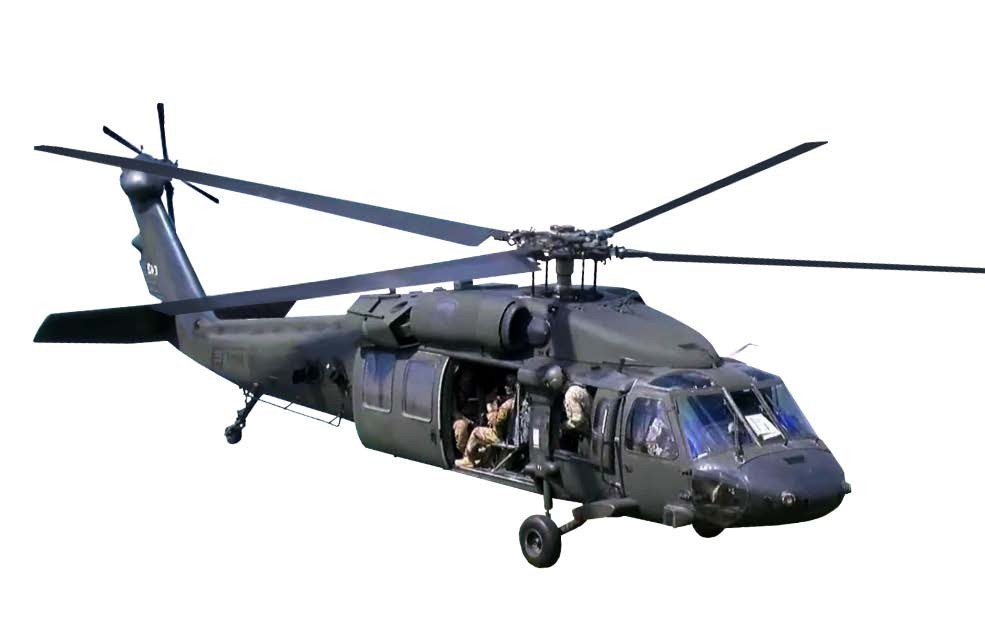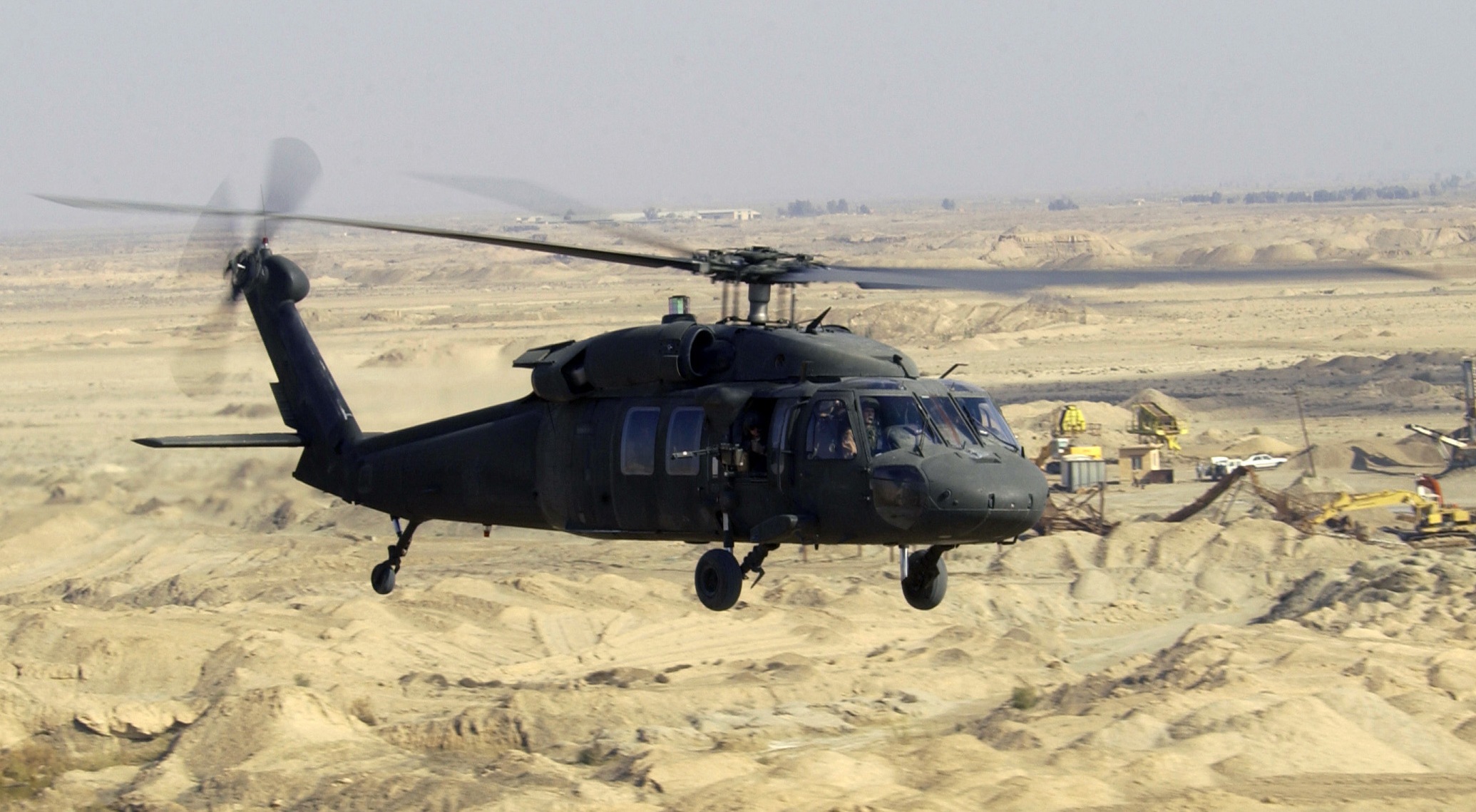Just how the UH 60's Adaptability Sustains Both Combat and Good Samaritan Initiatives
Just how the UH 60's Adaptability Sustains Both Combat and Good Samaritan Initiatives
Blog Article
Vital Facts and Insights Regarding the UH-60 Helicopter
The UH-60 helicopter, a cornerstone of modern military aviation, has developed substantially given that its intro in 1979. Recognizing the ins and outs of the UH-60's duty exposes a complicated narrative of development and adaptation that advantages additionally exploration.
Background of the UH-60
The UH-60 Black Hawk helicopter was established in the late 1970s as component of the United States Military's effort to replace the older UH-1 Iroquois. The need for an extra flexible, resilient, and capable airplane developed from the lessons discovered during the Vietnam Battle, where the restrictions of the UH-1 emerged. In 1972, the Military initiated a program to obtain a new energy helicopter, culminating in a competitive layout phase that saw several suppliers submit proposals.
Sikorsky Airplane was ultimately granted the contract in 1976, and the first model of the Black Hawk flew in 1974. Its layout concentrated on advanced modern technology, including a four-blade rotor system and a modular building and construction that permitted rapid area maintenance and flexibility to different missions. Formally entering solution in 1979, the UH-60 quickly ended up being the backbone of Military aeronautics, serving in a wide range of roles such as troop transportation, medevac, and logistical support.
For many years, the Black Hawk has undergone different upgrades and modifications, strengthening its condition as a vital asset in armed forces procedures around the globe (UH 60). Its durable efficiency remains to fulfill the developing needs of modern-day warfare
Style and Attributes
Incorporating sophisticated design concepts, the UH-60 Black Hawk includes a sleek, aerodynamic style that improves its efficiency and performance. This twin-engine energy helicopter is characterized by its distinct shape, with a high-mounted, four-blade major blades system that provides outstanding lift and security. The rotor blades are created from composite materials, contributing to their sturdiness and minimizing upkeep needs.
The body is made for optimum weight circulation and architectural honesty, permitting a maximum gross weight of around 22,000 extra pounds. The cabin design assists in versatile setups, fitting different missions, from troop transport to medevac procedures. In addition, the cabin is outfitted with innovative avionics, consisting of digital screens and multi-functional systems that enhance situational awareness.
The UH-60 additionally includes composite products in its airframe, which decrease radar cross-section and improve survivability in aggressive settings. Its retractable landing equipment simplifies the airplane's profile, further adding to its wind resistant effectiveness. In general, the thoughtful integration of layout components and materials not only boosts the Black Hawk's functional abilities however also ensures that it remains an essential property for objectives across varied terrains and conditions.
Functional Abilities


The UH-60 is geared up with advanced avionics and navigation systems, facilitating procedures in tough climate condition and low visibility scenarios. Its durable style allows it to execute in extreme and high-altitude temperature problems, additionally prolonging its operational array. The helicopter's twin-engine setup offers redundancy and enhanced efficiency, making sure dependability during essential goals.
Geared up with sophisticated communication systems, the Black Hawk boosts situational understanding and coordination amongst army systems. Additionally, its ability to perform aerial reconnaissance and support close air assistance missions emphasizes its indispensable function on the battleground. On the whole, the UH-60 Black Hawk's operational capabilities are a testimony to its relevance in modern military aeronautics, efficiently fulfilling the demands of a swiftly developing functional landscape.

Adjustments and variations
Different variations and adjustments of the UH-60 Black Hawk have been established to satisfy particular mission requirements and enhance its operational versatility. The most notable variant is the UH-60L, which presented updated engines, enhanced avionics, and enhanced cargo capacity. Additionally, click for info the UH-60M variant attributes progressed digital avionics, a more effective engine, and boosted survivability systems, making it appropriate for a broader variety of goals.
The HH-60G Pave Hawk is another specialized version, created for search and rescue operations. It is equipped with advanced navigation systems, outside fuel containers, and clinical evacuation capacities. The MH-60R Seahawk is enhanced for anti-submarine warfare and maritime procedures, boasting innovative radar and sonar systems.
Furthermore, the armed versions, such as the AH-60, are customized for direct strike roles, including weapon systems like rockets and gatling gun. The UH-60's adaptability is additional showcased in its ability to be fitted with mission-specific tools, including freight hooks for transport, army transport insides, and reconnaissance sensors.
These modifications and versions highlight the Black Hawk's necessary role in modern-day military procedures, showcasing its capacity to adapt to evolving mission needs.
Role in Humanitarian Initiatives
The UH-60 Black Hawk has tipped up to play a vital role in altruistic efforts around the globe, showing its adaptability beyond armed forces applications. This multi-mission helicopter is outfitted to carry out a variety of goals, including clinical evacuations, calamity alleviation, and logistical support in tough atmospheres.
Throughout natural catastrophes, such as hurricanes and quakes, the Black Hawk has shown very useful for transferring alleviation products and personnel to affected areas. Its capability to run in austere conditions allows it to reach remote locations that may be hard to reach by ground transport, ensuring timely assistance to those in need.
Additionally, the Read Full Article UH-60 is commonly made use of for clinical discharge goals, promptly moving damaged people to medical centers. Its advanced clinical capacities, consisting of area for clinical workers and devices, allow life-saving interventions during crucial situations.
In international operations, the Black Hawk regularly teams up with altruistic organizations, showcasing its adaptability and reliability. By leveraging its capabilities, the UH-60 not just sustains armed forces goals however likewise plays a vital function in reducing and saving lives suffering throughout altruistic situations worldwide.
Verdict
The UH-60 helicopter has actually established itself as a vital asset in army operations since its intro, defined by its robust layout and flexible capabilities. Its numerous setups satisfy a large range of missions, from army transport to clinical emptying. The UH-60's contributions expand beyond fight, playing a substantial function in humanitarian initiatives worldwide. The continuous advancement of this aircraft emphasizes its significance in modern aeronautics and its versatility to meet diverse operational demands.
The UH-60 Black Hawk helicopter was created in the late 1970s as part of the United States Army's initiative to replace the older UH-1 Iroquois.Integrating innovative engineering principles, the UH-60 Black Hawk features a smooth, wind resistant layout that enhances its performance and effectiveness.Enhanced layout and progressed design allow the UH-60 Black Hawk to excel in a range of operational functions. Generally, the UH-60 Black Hawk's functional capacities are a testament to its significance in modern armed forces air travel, successfully fulfilling the needs of a swiftly evolving operational landscape.
Various variants and adjustments of the UH-60 Black Hawk have been established to satisfy link certain objective needs and boost its functional flexibility.
Report this page